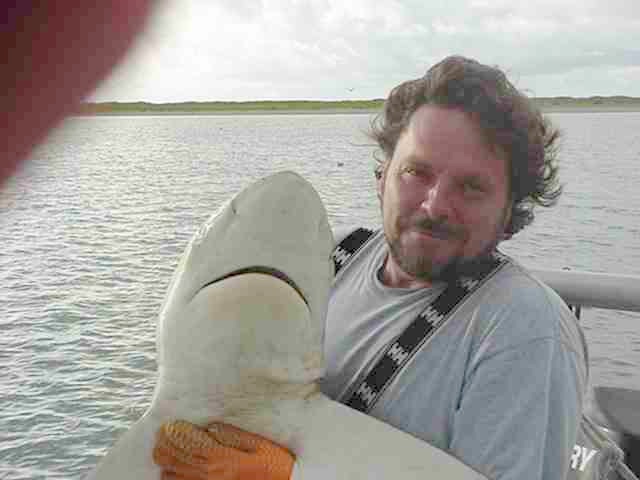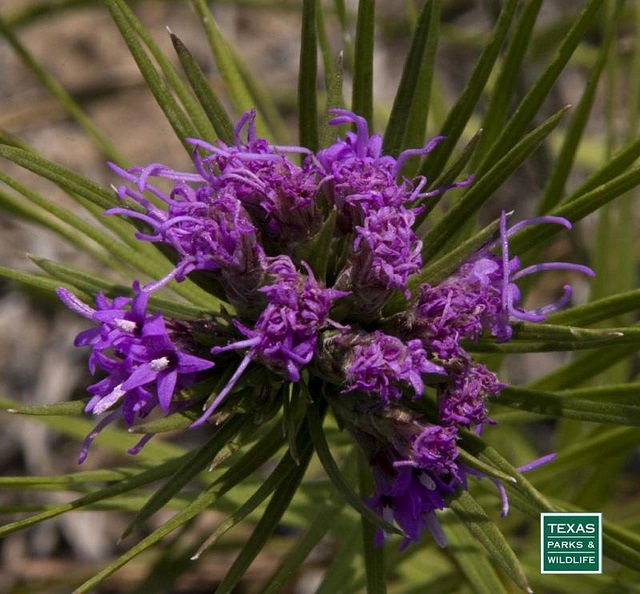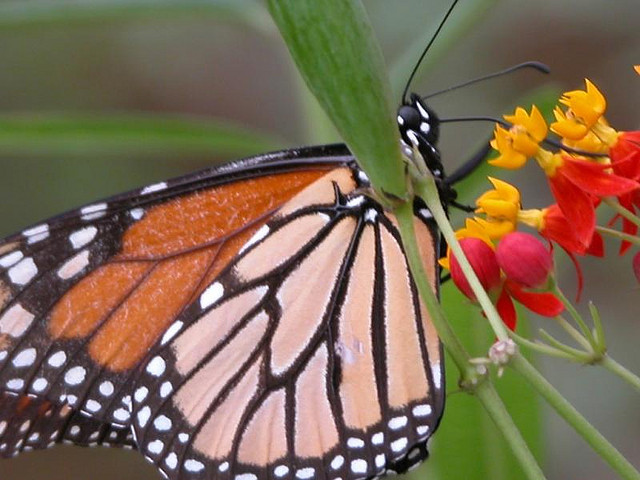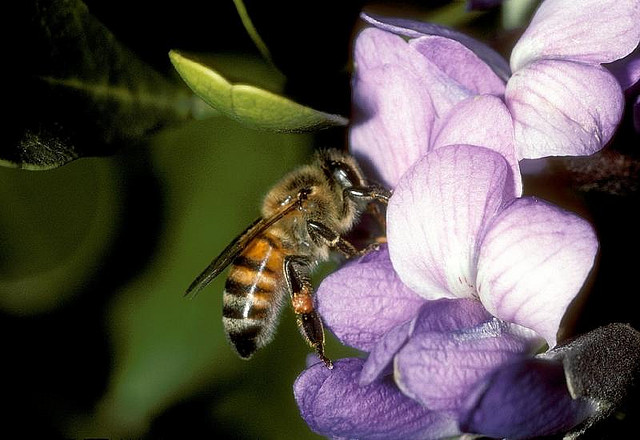We All Have a Coastal Connection
Monday, August 31st, 2015This is Passport to Texas
I’ve always thought of Texas as a state with a coast. But Bill Balboa says it’s really a coastal state. And he’s making sure the next generation knows this.
13- I’m trying to bring coastal education inland so kids that don’t get a chance to get down there a lot learn some things about the Texas coast and maybe become better stewards of the environment here.
Balboa is the Matagorda County Marine Extension Agent. He says when we view Texas as a coastal state we recognize that our actions affect the Gulf no matter how
far inland we live. We spoke when he was in Austin to speak to a group of young people at the main library. He said his talks involve show and tell.
27- I talk to them about freshwater gradient, the different kinds of fish, invasive species. I bring sharks. And so, I just talk to them about the diversity that’s there on the Texas coast, and why it is important to be good stewards and for freshwater to make it down to the coast as well. I want to back up. You bring sharks? You know, I work with some of my parks and Wildlife folks–that I used to work with–and I bring some sharks that were caught in sampling, and I bring a lot of other fish. And it makes a lasting impression.
Bill Balboa did say the sharks and other gulf creatures he brings to his talks are not alive; they’re frozen. Sort of like fish sticks–but really–nothing like fish sticks.
Find links to information about the Gulf and the creatures that live in it at passporttotexas.org.
The Sport Fish Restoration program supports our series.
For Texas Parks and Wildlife, I’m Cecilia Nasti.







 Passport to Texas is a
Passport to Texas is a  Passport to Texas is made available by:
Passport to Texas is made available by: